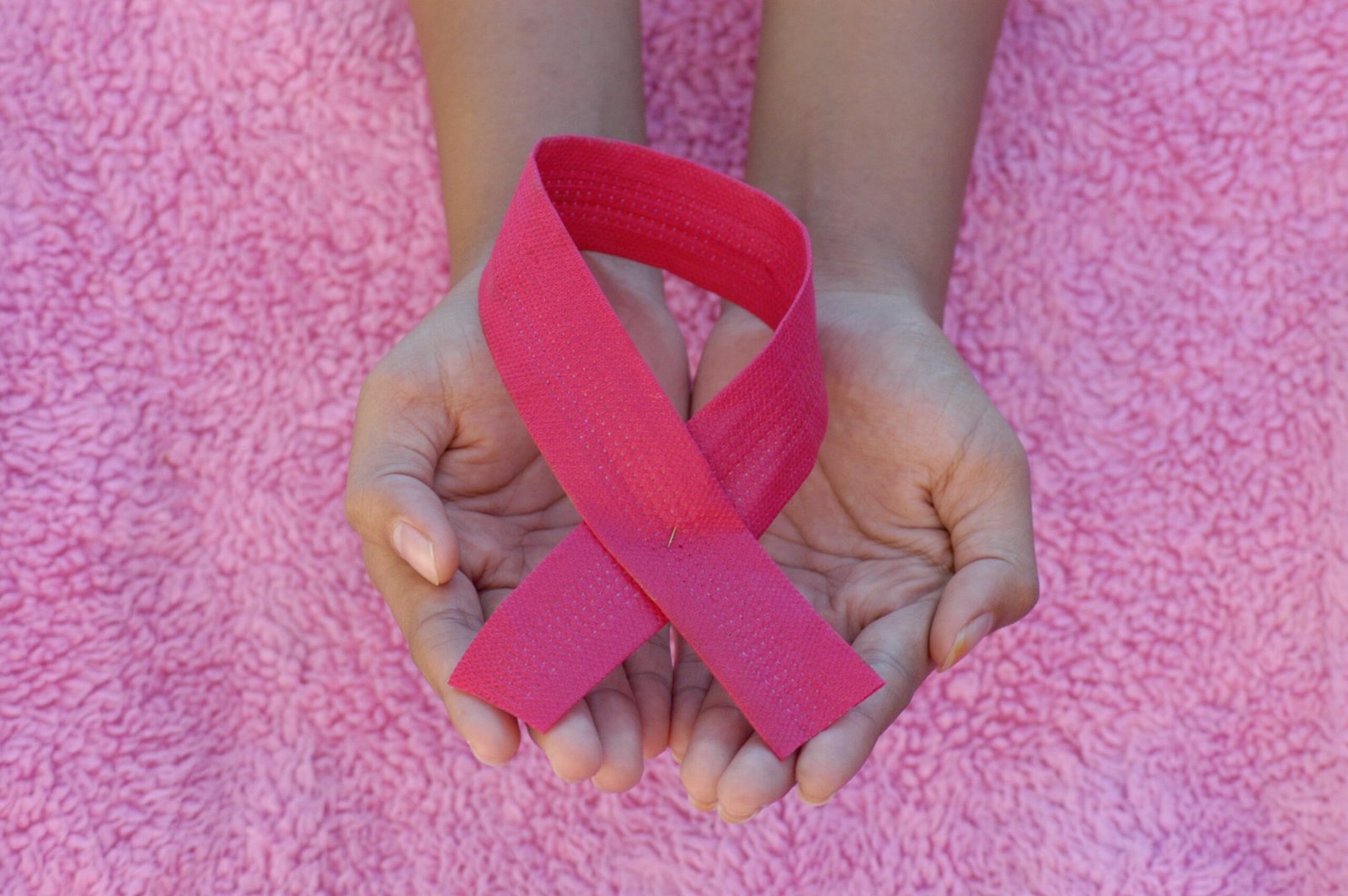Breast Cancer Screening: What You need to Know about Early Detection
Breast cancer is one of the most common types of cancer that affects women worldwide. It is important for women to be proactive in their health and take steps to detect breast cancer early. Early detection can greatly increase the chances of successful treatment and survival.
One of the key ways to detect breast cancer early is through regular screening. Screening involves tests and exams that are done before any signs or symptoms of breast cancer are present. The most common screening method is a mammogram, which is an X-ray of the breast. Mammograms can detect breast cancer at an early stage, sometimes even before a lump can be felt.
It is recommended that women start getting regular mammograms at the age of 40, or earlier if they have a family history of breast cancer. The frequency of mammograms may vary depending on individual risk factors and medical history.
In addition to mammograms, women should also perform regular breast self-exams. Self-exams involve checking the breasts for any changes, such as lumps, swelling, or nipple discharge. If any abnormalities are found, it is important to consult a healthcare professional for further evaluation.
Aside from screening and self-exams, it is also important for women to be aware of the signs and symptoms of breast cancer. These may include a lump in the breast or underarm, changes in breast size or shape, nipple changes or discharge, and breast pain. If any of these symptoms are experienced, it is important to seek medical attention promptly.
Early detection of breast cancer can save lives. By being proactive about screening, self-exams, and knowing the signs and symptoms, women can take control of their health and increase their chances of detecting breast cancer early.


Comments